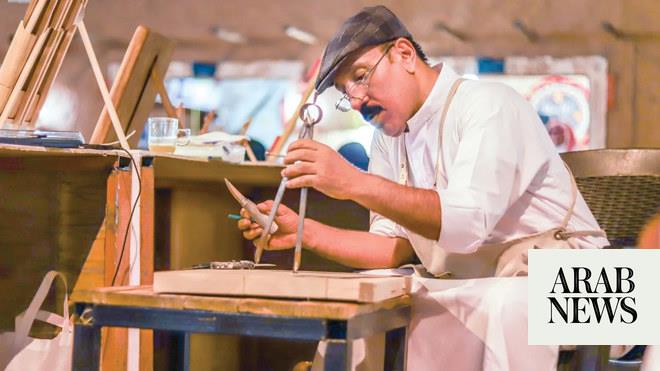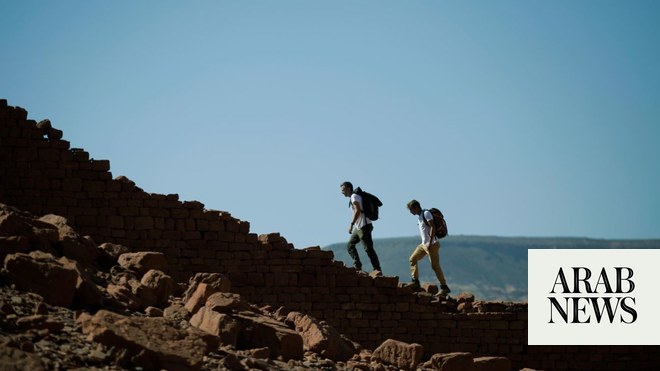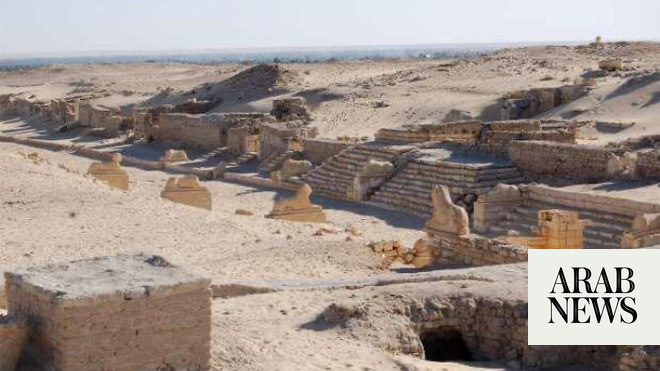
HAIL: Historic Jubbah City in Hail is one of the Kingdom’s most important ancient sites. It is a beautiful desert destination visited by thousands of tourists from around the globe every year, and was added to the UNESCO World Heritage List in 2015.
It has the remains of some the oldest human sites currently known, dating back to the Stone Age, as well as drawings, carvings and petroglyphs on the rock surfaces of surrounding mountains, made with ancient stone tools that tourists can see and learn about.
Some of the most important carvings, dating back around 9,000 years, are found in the Umm-Sinman and Ghouta mountains.
The Umm-Sinman complex is marked by a number of carvings and Thamudic drawings dispersed over the mountain. Umm-Sinman — literally “the mother of humps” — is said to resemble a female camel with two humps lying on the ground. It has 5,431 Thamudic carvings, 1,944 drawings of animals, and 262 drawings of humans.Timeline
The mountain drawings and carvings depict the daily lives of the humans and animals that inhabited the area. Their timeline is long, featuring both Neolithic and Paleolithic carvings, ranging all the way to the Thamudic era about 3,000 years ago. Some of the most distinct drawings and petroglyphs show a key moment of evolution for the ancient peoples of the Arabian peninsula: The domestication of camels, shown by the emergence of images of people riding them carrying spears.
Jubbah City is considered an essential destination for Westerners visiting the Kingdom, given its geographic location on the road of the old nomad convoys. In recent times, it has become even more attractive, with government investment in improving the standards of facilities available to the public. The completion of the most recent project to develop the sites of Jubbah and the surrounding area contributed to building pedestrian pathways, platforms with linked wooden stairs to observe rock drawings, installing multilingual signs to explain the history and meaning of the historic drawings, and putting up awnings to protect people from the weather.












